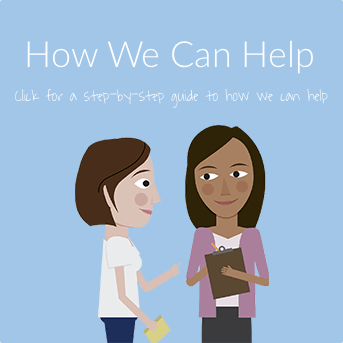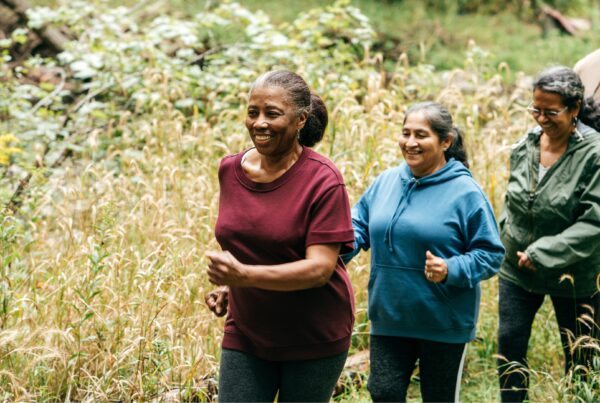Summer is here! The warm sun of summer often encourages us to engage in new commitments and patterns as we look ahead with hope, making, for some, new seasonal resolutions. Often, those of us hoping for change are facing some kind of fear, whether it’s fear-of-the-new or fear-of-changing-the-old. One of the most important tools in the Cognitive Behavioral Therapy (CBT) toolbox for anxiety and social anxiety is fear facing. It’s an idea that belongs at the center of our new commitments, given the role it can play in helping us actually achieve our goals.
Anxiety sufferers who have never deliberately faced their fears understandably shudder at the idea of moving closer to the things they have always tried to avoid. But continued avoidance ignores a powerful tool called habituation. Habituation is the process of decreasing a physical or emotional response to a trigger or stimulus by repeatedly undergoing the stimulus. Think of it as a kind of tolerance built up as we deliberately spend more and more time in the situation we fear. Over time, we don't respond in the same way through anxiety - a rapid heartbeat or sweating - because we become more used to the situation, or habituated. The stimulus simply doesn't bother us in the same way it used to. If we've consistently escaped or avoided difficult social anxiety situations, we miss out on an important lesson. When we deliberately move closer to the situations we fear without using special precautions to feel safer, our fear will typically drop. Odd as that may sound, it's a result supported by years of experience. To demonstrate, I usually recommend purposely putting yourself in a situation that triggers your anxiety. This is called a "Fear-Facing Trial," a situation during which you can watch what happens to your level of fear over an extended time, say 30 or 45 minutes.
One tool I've found useful for measuring fear in the moment is the "Fearometer." Think of it as a pressure gauge for your fear. Here's what it might look like:
0: Peaceful State of Mind
25: Mild Anxiety
50: Moderate Anxiety and Nervousness
75: Animal Impulse to Escape or Avoid is Getting Strong
100: Most Anxiety I Have Ever Felt
Once you understand the Fearometer, it’s time to try a Fear-Facing Trial. To do this, you will want to:
- Find a situation that triggers mild to moderate anxiety
- Try to practice habituation. To do this, you must allow yourself enough time - this is not something you can rush. New research has shown that, for some, decreasing anxiety with habituation equals success. For others, success may mean not giving in to escape tactics or unnecessary precautions. You won't know until you try, but even if you aren't able to "habituate," you may still be able to overcome your fear.
- Be deliberate – do this on purpose
- Set aside any self-defense tactics (unnecessary precautions like avoiding eye contact, censoring your words, blending into the woodwork, etc.)
Try picking something that may be a fairly common situation for you, like asking a question in class, or speaking to someone at the grocery store. Assign a Fearometer number to your fear, like:
Speaking to someone at the grocery store = 50.
You might then head to the grocery store and ask someone in every aisle for something (easier), or ask for products that are usually in a different type of store (harder). Each time you ask a question, take note - did your Fearometer increase, stay the same, or decrease? A general goal would be to reduce your Fearometer number to one half of the original level during your trial.
After you finish your trial, take time to evaluate the situation.
- How did it go?
- Did your fear and anxiety decrease?
- What, if any, physical sensations did you notice?
- Was your heart racing?
- Did it decrease by the final interactions?
- Were you kind to yourself?
You can't expect perfection on the first try! If you did allow fear or avoidance behaviors to control the trial, take note of how you might change your thoughts and interactions during your next trial. It often helps to have a "battle cry," like, "I'm taking back my island!" or anything that is empowering to you. (I have a friend who says "Shazam!") Finally, reward yourself for your efforts and success.
One final note: recent research has been demonstrating that we can still experience long term success even if the habituation is less obvious, as is sometimes the case. The best predictor of long-term success is whether or not we face our fears in a sustained way and refuse to give in to unnecessary precautions. Know that with time, patience and practice you can take back your island and your life.





3 Comments